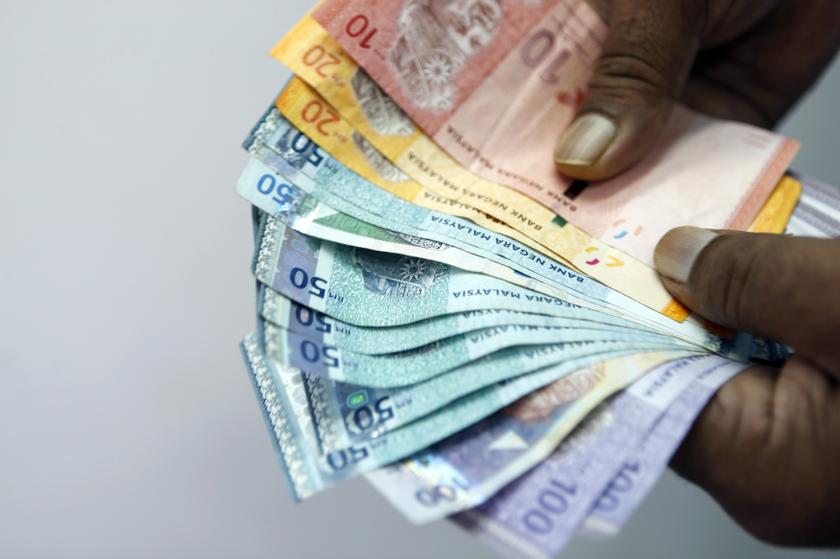KUALA LUMPUR, Oct 15 — The ringgit is likely to trend skewed to the downside next week with a trading forecast at between 4.69 and 4.72 against the US dollar, driven by the stronger-than-expected United States (US) inflation data in September, analysts said.
SPI Asset Management managing partner Stephen Innes said the market would unlikely see much respite for the beleaguered ringgit against the stronger dollar after a sizzling hot US consumer price index (CPI) reinforced the view that the Federal Reserve (Fed) would keep hiking aggressively through 2022.
“Political risk around the upcoming election has also featured in the ringgit weakness all week, and it should continue to crescendo next week.
“But at the heart of the ringgit weakness is the global financial and economic system which is becoming increasingly fragile for investors, and there ultimately remains only one actual safe-haven in the world, and that is the US dollar,” he told Bernama.
Innes also noted that the break of 4.70 on Friday was ominous, and it might result in more weaknesses as underperforming equity and bond markets could lead to more outflows.
Meanwhile, UOB Kay Hian Wealth Advisors Sdn Bhd wealth research and advisory head Mohd Sedek Jantan opined that fundamentally, the ringgit was still in good shape and was expected to be less volatile than other Asian currencies.
“The latest economic data on distributive trade sales and the Industrial Production Index (IPI) released earlier this week support our view on the ringgit,” he said.
Mohd Sedek pointed out that IPI growth accelerated to 13.6 per cent year-on-year (y-o-y), the fastest in 15 months, driven by stronger growth in manufacturing output (+14.9 per cent y-o-y), which corresponded to better export performance.
“The acceleration in IPI growth also indicates increased production activity in July to August 2022, implying robust Gross Domestic Product growth in the third quarter of 2022,” he said.
The ringgit continued to weaken for the week just ended, influenced by internal and external factors.
On internal factors, Mohd Sedek said a market-neutral budget and the dissolution of Parliament slowed down the ringgit’s momentum compared to the previous week; nonetheless, he viewed it as posing short-term risks.
However, he said, external factors were more concerning, particularly pertaining to the Fed’s hawkish monetary policy stance to curb inflation.
On Friday, the ringgit fell against the greenback to 4.7025/7065 compared with 4.6480/6520 a week earlier.
On a Friday-to-Friday basis, the local note traded easier versus a basket of major currencies.
It depreciated against the Singapore dollar to 3.3009/3042 from 3.2529/2559 at the end of last week, weakened versus the British pound to 5.2870/2915 against 5.2132/2177, and fell against the euro to 4.5741/5780 from 4.5574/5613.
However, it rose vis-a-vis the Japanese yen to 3.1836/1867 from 3.2084/2116 a week earlier.
— Bernama





